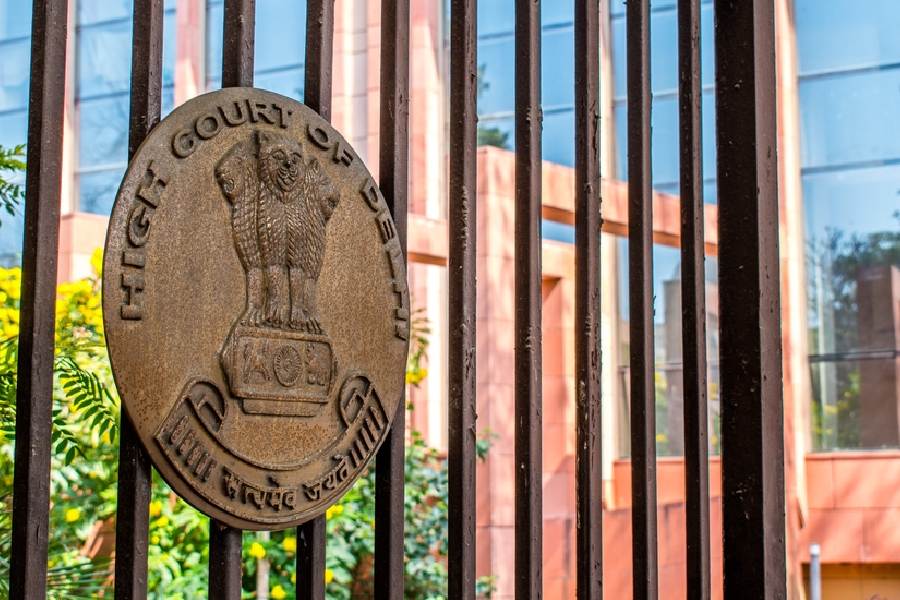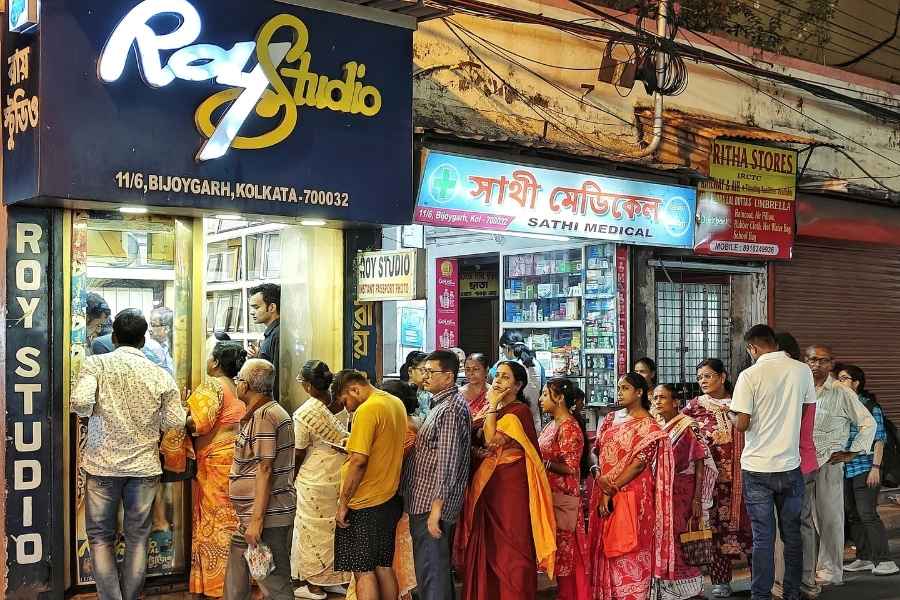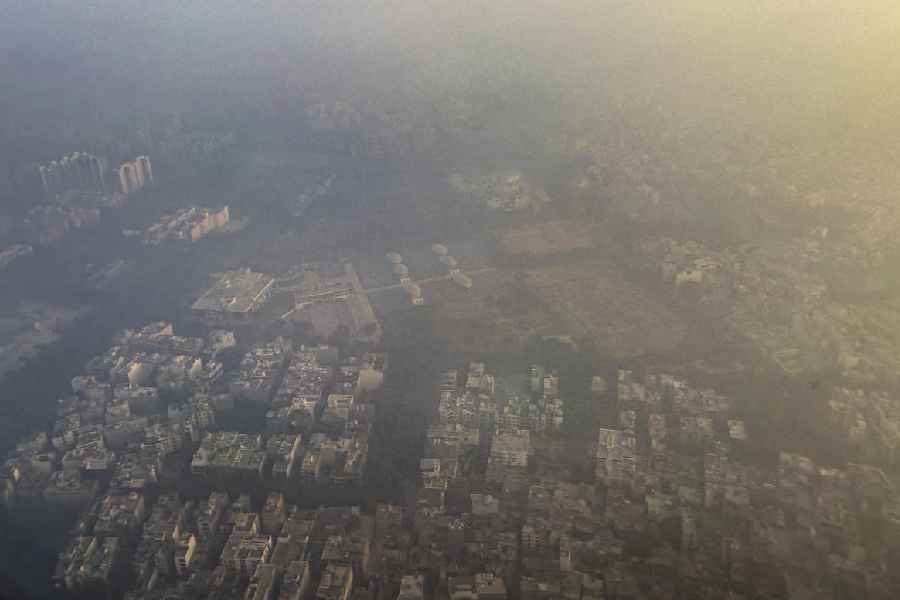|
|
As you revolve the globe, each part of it becomes the centre at some stage. So also is the case with the northeast of India. How many of us see it in such a perspective — as the centre of that region? When the sun rises over India, its rays fall over the Northeast at least an hour before they do on Delhi. For a moment, look at the map with Guwahati and Shillong as the hub. If one were to draw an arc with 1,000 km as the radius, the circle would encompass eight countries and also include cities like Calcutta, Dhaka, Varanasi, Kathmandu, Gangtok, Thimpu, Lhasa, Kunming, Mandalay, Chittagong and the border areas of Vietnam, Laos and Thailand. Therefore, this area assumes geo-strategic importance as the land link between India and the Far East. Can the Northeast regain its past glory and become the focal point of commerce, trade, arts, culture and education of this region? This should be possible provided the people lend their support to the government in ending the scourge of terrorism.
Historically, the Brahmaputra basin is a land inhabited by an ancient civilization. It has a vibrant culture and was once a flourishing centre of trade.
The Northeast has great natural resources in terms of minerals, coal, oil, forests and so on. A large area is yet to be explored. It produces a huge quantity of tea and fruits like pineapples, oranges and leechies. Bamboo, cane, ginger, other herbal and medicinal plants are found in abundance. There is tremendous scope for these natural products to be exploited commercially. Handicrafts of the area are a novelty. Industry needs to be encouraged to set up units so that prosperity comes to this region. The creation of jobs would result in gainful employment of the youth, and keep them away from the path of violence. Unfortunately, the violence and lawlessness deter important national and multinational industrial houses from investing in the area.
The people are handsome, sincere, hardworking and proud of their culture. The graceful Bihu dance of Assam leaves one in a trance. Mizo belles display great precision and nimblefootedness when they do the bamboo dance. The culturally-rich Manipuri dance and the tantalizing swirls and turns which the drummers perform have a tremendous impact on the viewer. What to say of the martial dances of various tribes and the reverberating sound of the log drums accompanied by the battle cry of the warriors! These are simply stunning. The people have a great love for music; indeed it is there in their blood. One evening in 1965, while trekking to a small hamlet called Khanjangkuki in Phek district near the Indo-Myanmar border, I heard someone strumming on the guitar. The wonderful and melodious sound of music was indeed mesmerizing, particularly in such a remote and quaint little village. The young musician was studying in Shillong and happened to be visiting his family on a holiday.
The Northeast could be the focal point of sports as well. Sportspersons of Manipur and Assam have won acclaim in national and international sports competitions and done India proud. The people are endowed with a natural talent for sports such as football, boxing, judo, karate, wrestling, weight-lifting, shooting and archery. In fact, they have traditional expertise in the use of spears, dahs, crossbows and arrows and have displayed great prowess as hunters and warriors in the past. We need to develop state of the art infrastructure and sports facilities so that the youth can be facilitated to excel and achieve international standards.
The Brahmaputra river is navigable from the Bay of Bengal right up to Dibrugarh. It has important cities like Dhubri, Guwahati and Dibrugarh, besides some others in Bangladesh, located on its banks. It can be developed into a major artery for movement and transportation of people and goods, as is the case with the Amazon. The modern river port at Manaus in Brazil, almost 1,500 km inland from the Atlantic Ocean, is truly impressive. The Northeast is connected by road, rail and air as well as by rivers. However, the great potential of linking this area by transnational highways, railways and waterways has remained unrealized. Imagine the benefit that would accrue to the people if there were an international highway and transnational railway connecting Calcutta with the rest of this region and going on to Myanmar, Thailand, Laos and Vietnam, thereby facilitating trade, commerce and movement of people. This would also be in keeping with India’s ‘Look East policy’.
The natural beauty of the Northeast is awesome. If properly addressed, it is a factor which can make the region an international tourist destination. Where can one find enthralling mountainscapes and cool alpine climate on the one hand, and giant water bodies, rivers, torrential rainfall and primary tropical forests on the other? The region can offer tourists diverse and unparalleled experience such as one gets in Switzerland, Brazil or Bali in Indonesia. Unequalled opportunities for mountaineering, trekking, river-rafting, studying the rich flora and fauna and the diverse wildlife make this region unique. Boat cruises on the Brahmaputra would be exciting and memorable. Although a lot of tree cover has been lost due to the denuding effect of “jhooming”, the Northeast still has rainforests — some of the few that remain untouched by civilization. One comes across stately trees that have grown skywards, up to heights of over a hundred feet with a sun-kissed canopy at the top. Nothing grows in the shade of these trees, except ferns, creepers, ground orchids and moss- and lichen-covered tree trunks. In this forest, a carpet of decaying, fallen leaves covers the ground and the environment is cool, as if the whole area were air-conditioned.
Do the people of the Northeast realize the cost they are paying for the violence and terror that reign in the region? The cost is difficult to quantify, but it encompasses peace and prosperity in general, and the loss of lives, development, infrastructure and industry, and expenditure on security in particular. The terrorists themselves do not have an awareness of the damage they caused to their own brethren and society by pursuing their misguided agenda. States such as Punjab and Mizoram, which have experienced a cycle of insurgency and terrorism for many years, are today benefiting from the peace. Imagine the years lost in the downslide. However, the situation in these states only normalized when the people decided to reject terrorism.
Unfortunately in the Northeast and in Jammu and Kashmir as well, gun culture and terrorism have almost become an industry of sorts. Short-term vested interests would like the pot to keep simmering. It is for the people of the affected areas to understand how much they and their future generations stand to lose if violence and lawlessness continue. In fact, it would not be out of place to mention that Mizoram is a role model for the strife-torn parts of the Northeast — of a society and people whose desire for peace and prosperity is steadily materializing, albeit slowly. Ultimately, the people of the Northeast and Jammu and Kashmir have to show courage and say enough is enough! This applies equally to the regions where Naxalites are spreading their tentacles of terror.












